It’s a big week for big asteroids as two huge space rocks at least the size of football fields—but potentially much bigger—are due to make a close approach to Earth.
Source: Newsweek
Close approaches happen all the time, and are being predicted by NASA’s Center for Near Earth Object Studies (CNEOS), which tracks space rocks that occasionally pass near our planet during their orbits around the Sun.
In terms of space, distance is relative. The two space rocks—2021 HC3 and 2021 AE4—due to glide safely past our planet will both do so at a distance roughly 18 times farther away from us than the Moon is.
Astronomers calculate the orbital distance of asteroids in AU, or astronomical units, which is defined as the distance between the Sun and the Earth.
When 2021 HC3 and 2021 AE4 make their close orbital approaches, they will be 0.047 AU away from us, or roughly 4.3 million miles away.
Still, both of the rocks are considered potentially hazardous asteroids (PHAs) by CNEOS because they are predicted to come within 0.05 AU of our planet and are also of a certain brightness.
2021 HC3 is due to make its close pass by the Earth at approximately 2:05 p.m. EDT on Tuesday afternoon.
CNEOS thinks the space rock is at least 460 feet in diameter—larger than an NFL football field—but potentially as big as 984 feet, which is nearly as big as the Empire State Building is tall.
2021 AE4 is due to make its close pass at around 11:59 a.m. EDT on Thursday, May 6.
The space rock is estimated to be at least 393 feet in diameter but potentially as big as 853 feet.
Both of the asteroids are expected to coast past our planet safely. A screenshot of their orbital diagrams from the CNEOS website can be seen below and shows them at their closest points to Earth.
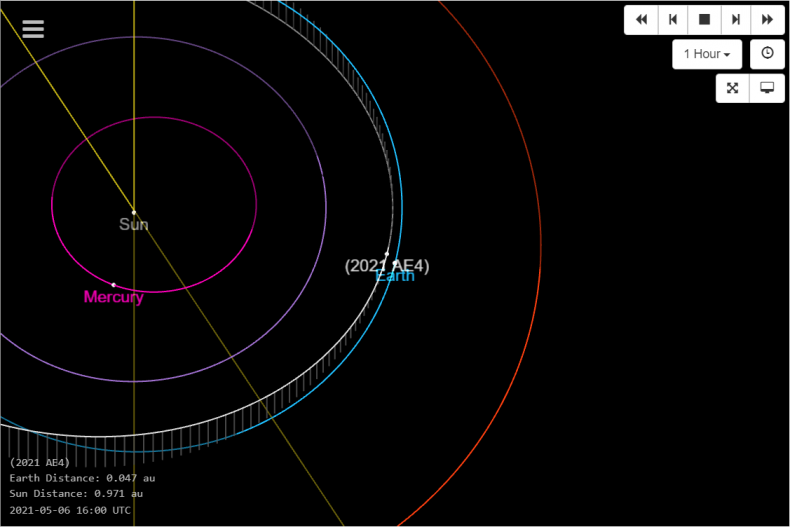

Earth attracts around 100 tons of interplanetary material every day and most of it consists of tiny dust particles.
It is very rare for a space rock of significant size to impact our planet’s surface. According to CNEOS, an asteroid larger than about 100 meters, or 328 feet, would be expected to reach Earth’s surface and potentially cause local disasters every 10,000 years or so, on average.
For asteroids larger than a kilometer (around 0.6 mile) across, which could affect the whole planet in the event of a surface impact, this interval increases to every several hundred thousand years or so.
Scientists aim to detect potential impacts well in advance by tracking and predicting the orbits of known asteroids. They can then possibly be deflected before they have a chance to hit the planet.
Last week, NASA ran a fictional exercise imagining a scenario in which an asteroid was due to hit the planet in order to practice emergency procedures.
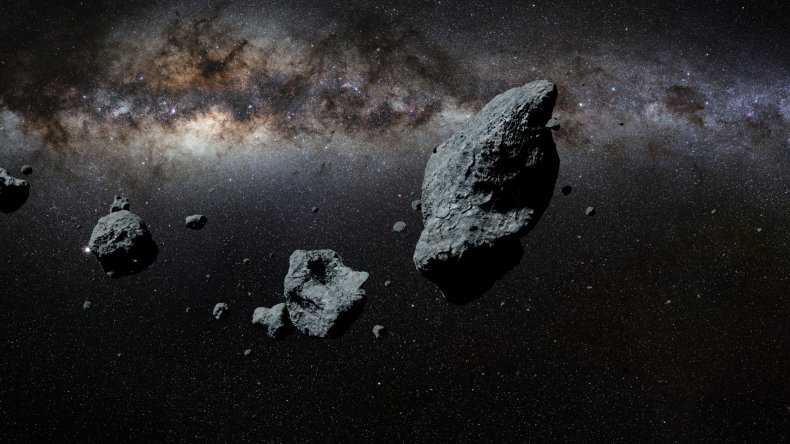
Source: Newsweek





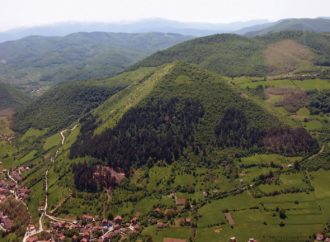










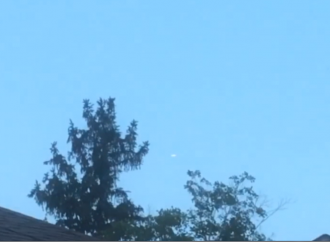





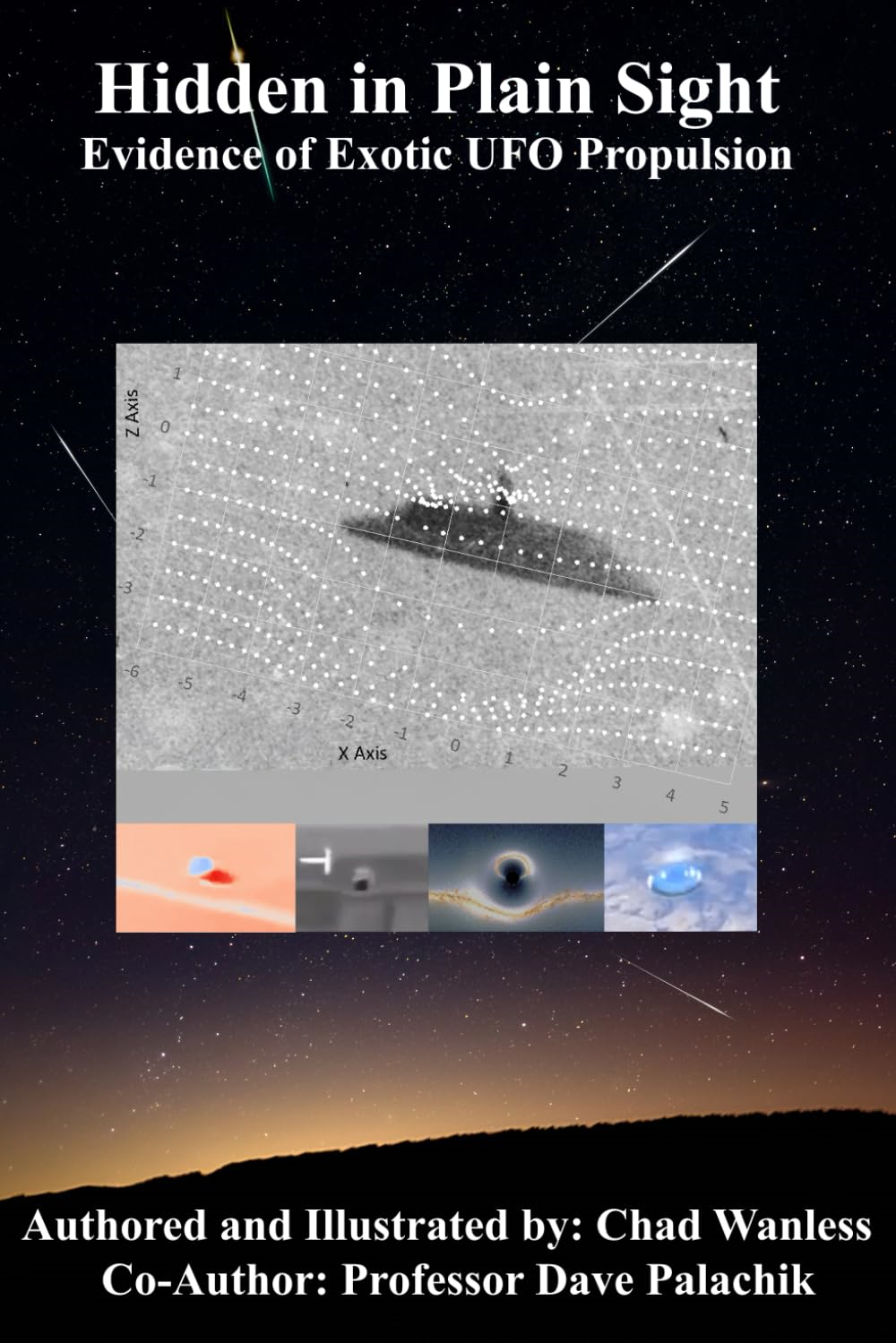








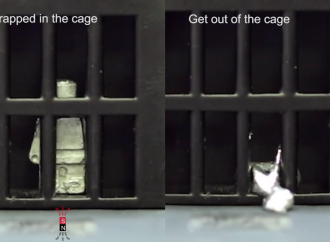
Leave a Comment
You must be logged in to post a comment.